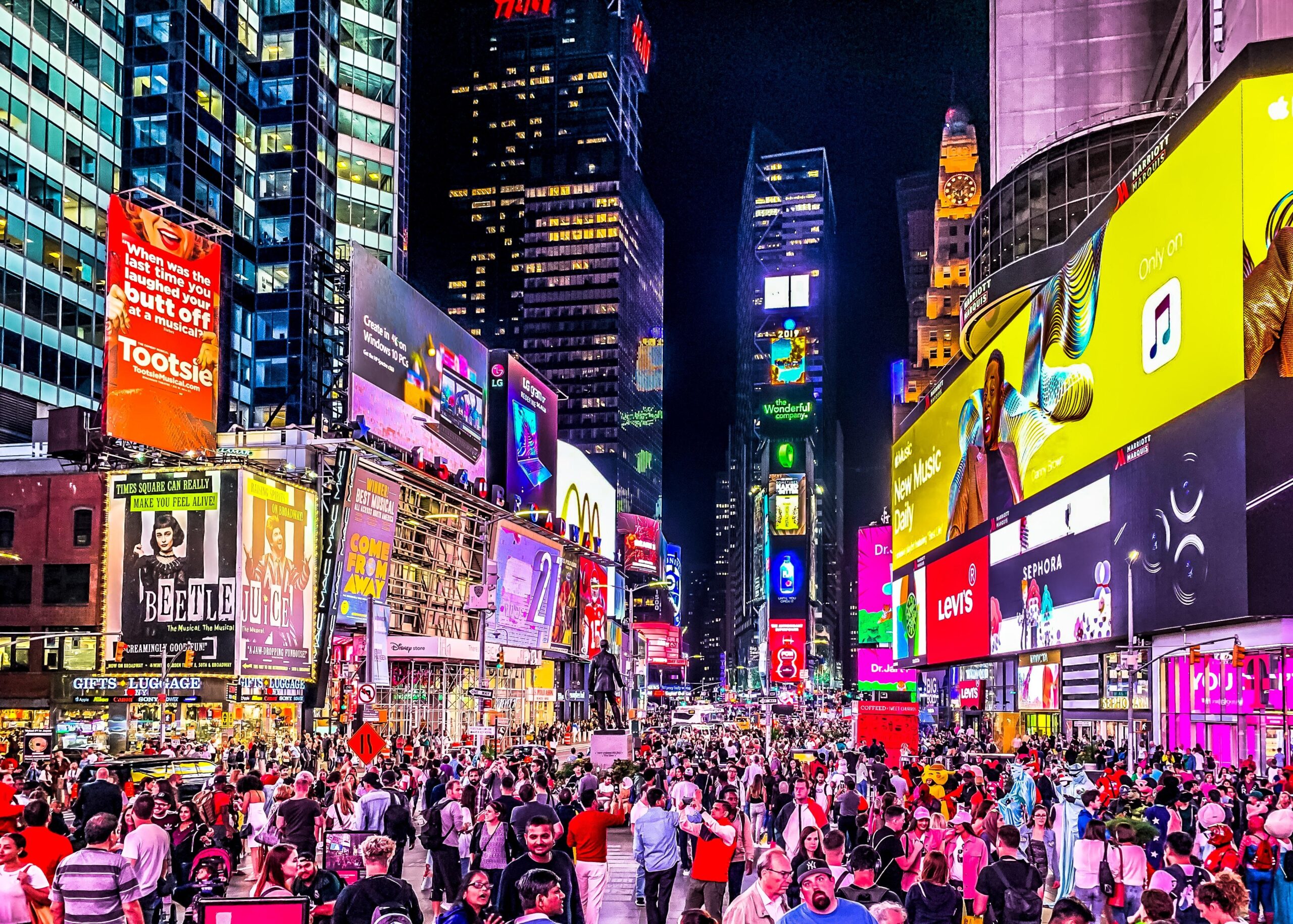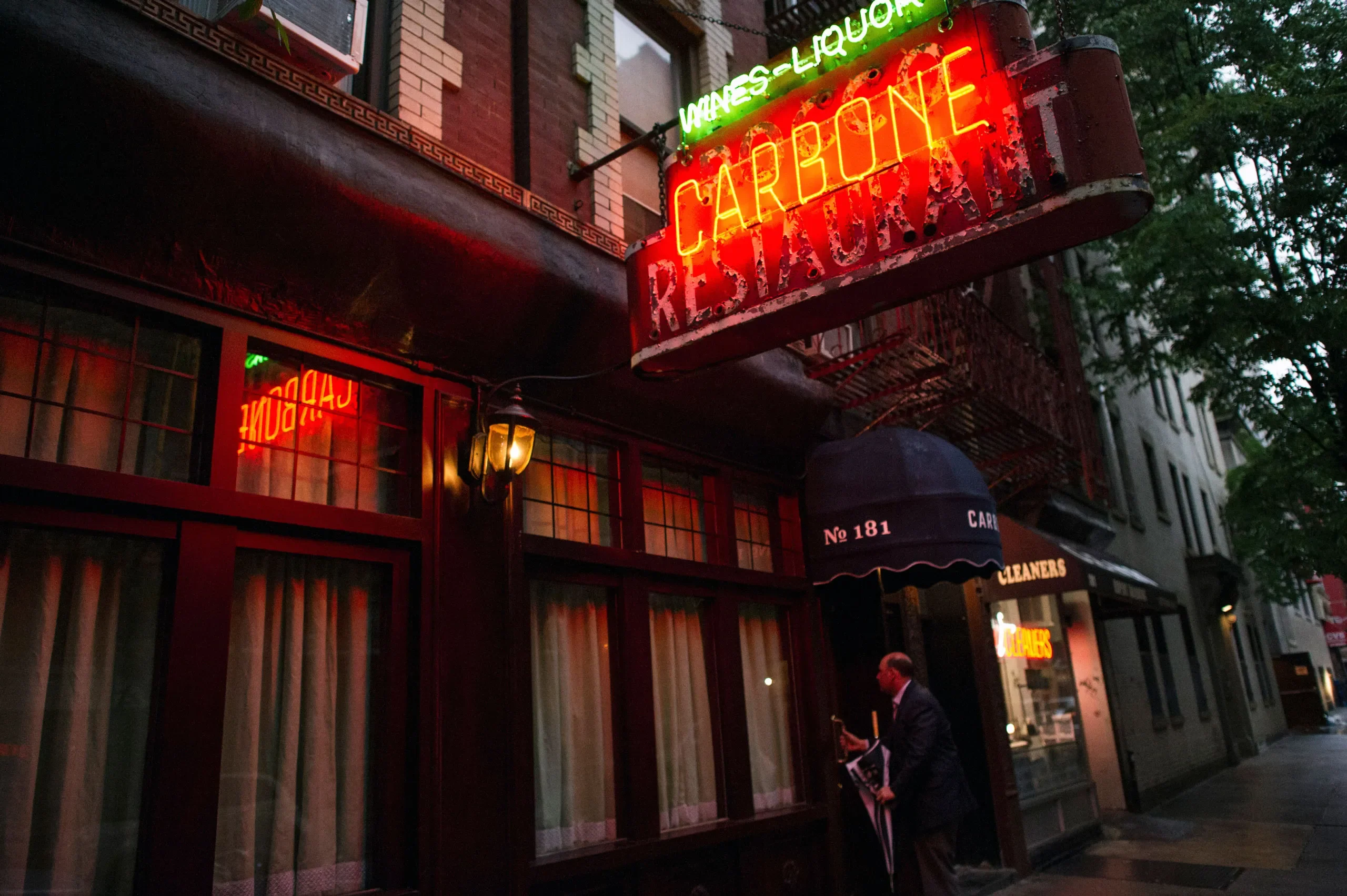
How Patti Smith’s ‘M Train’ Became My Travel Bible


I made the mistake of starting Patti Smith’s M Train before I started Just Kids. Truth be told, I’m a few pages away from finishing, and I almost wish I had started with the former, a heartbreaking novel about her old friend and love Robert Mapplethorpe, an ode to New York that a lot of my old friends and lovers had sworn upon.
My journey, then, with M Train has been slightly more complicated: a notoriously slow reader, instead of devouring the thing in one piece, it’s survived travels through South Florida, El Salvador, Lima, and Argentina—and I still have a few pages to go.
Where Just Kids‘ action takes place in New York City, M Train is a reflection of several places all rooted in one of Smith’s infamous haunts: a café. Nearly every chapter is a brooding reflection featuring Patti Smith and her signature Polaroid pictures, a small dish of olive oil, bread, and black coffee, sipped and nibbled on alongside her ink-stained notebook in the cortner of an old café. Although a lot of the plot takes place in Café Ino in New York, we see Smith take us to Mexico, to France, to a small island somewhere in the Caribbean with her husband Fred. She even makes a few pit stops in Café Dante, one of my personal favorites from back home that I went to long before I discovered Smith was a regular.
As I arrived at the penultimate pages, I was often putting the book down, distracted by something new, having to prepare to travel, or tired of Smith’s flowery, sometimes pretentious language, but the book has never been out of arm’s reach, a constant night table companion, a fellow rider on the train, a friend when I would go alone through the cafés in Buenos Aires. I wonder if she’s ever been this far south.
The titular train holds special significance to me; back in Brooklyn, I live off the Myrtle-Wyckoff L/M stop, often preferring to take the aboveground train to the often-crowded grey line. The M train was how I avoided my exes, how I’ve seen some of the most beautiful sunsets my city had to offer me, and how I got around when going underground was just too depressingly cramped. Whether that was going through Smith’s mind when she named the book is entirely up to the imagination.
This book’s plot, with its shifty nature and its geographic malleability, has become an example of how to travel. Much like me, Smith doesn’t care much for food, often driven to see the tombs of writers she admires and explore the places where she finds herself. In all her pretentious, legendary rock n’ roll brooding, she’s become an exemplary travel companion, a kind of patron saint for the wanderer. I almost can’t bear to get to the last few pages, where she invokes the cafes she’s traveled, the oceans she’s seen. I could’t help myself from peeking at the last paragraph where she says that, but thinking about actually putting this book down and moving on….that’s the challenge.


